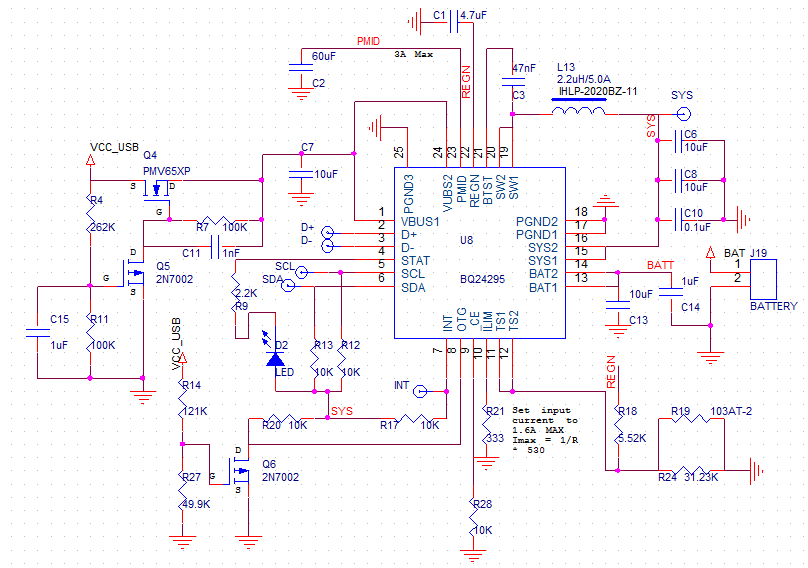Hello,
I am considering selecting the bq24195 to be used as an autonomous charger/NVDC power path such that when the device is plugged in to a DCP wall charger/ PC USB port it is charging the battery as well as supplying power to the system load. When the DC power is removed the single cell is supplying the boost converter and running the system.
Is the bq24195 designed to do this in default mode? Or will I need to add a microcontroller to the design and attach it to the I2C bus to program the device to do this?
Thanks,
Nick


